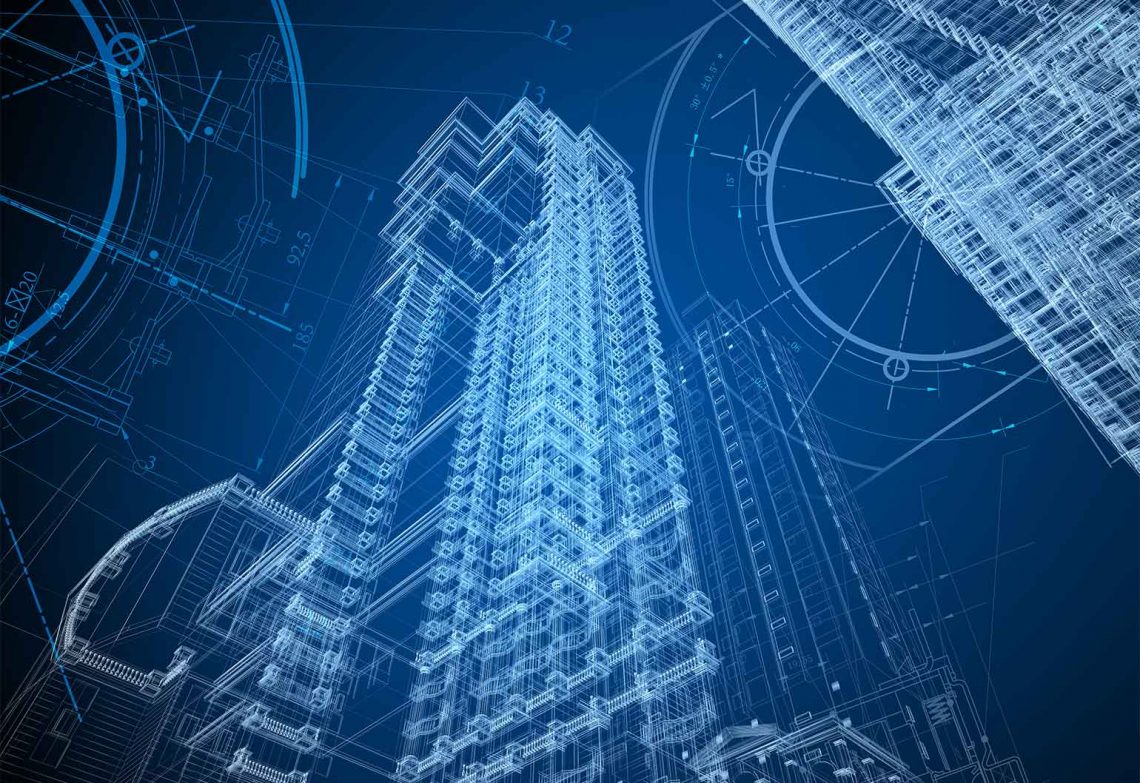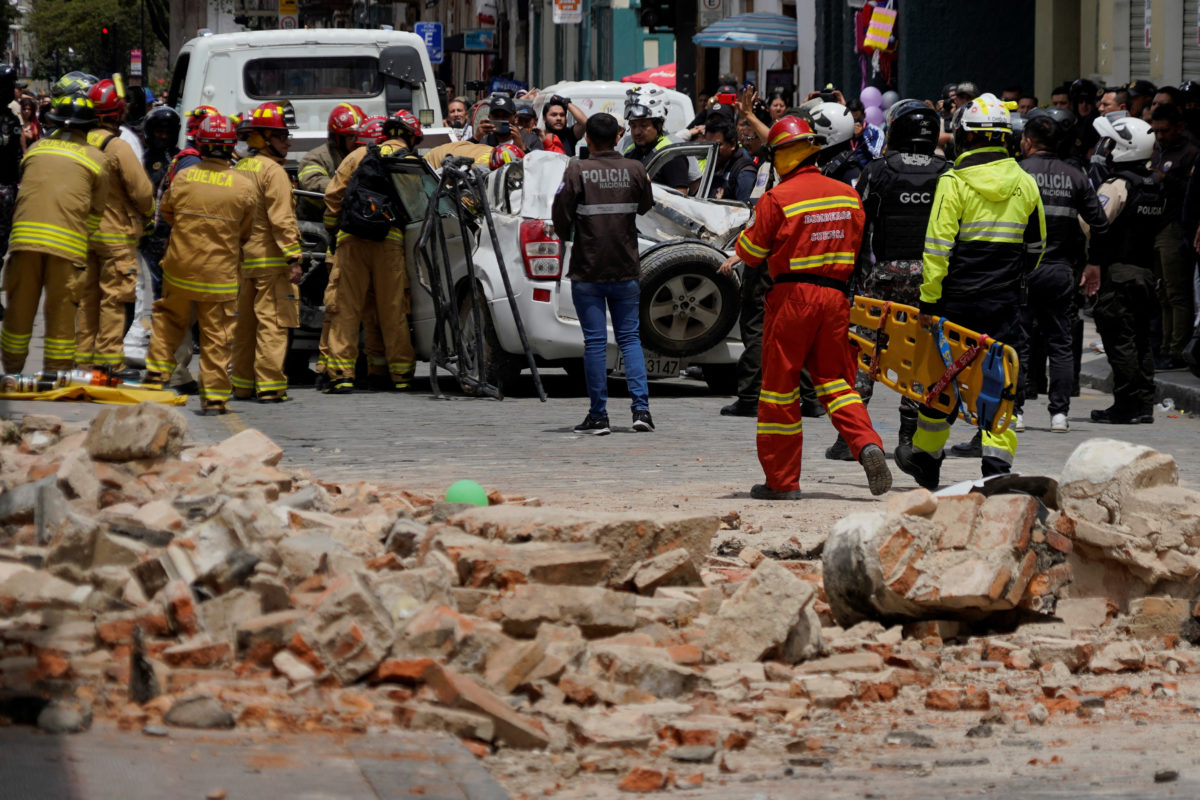What is a Baseline Dynamic Signature (BDS)?
A simple one-day measurement that will memorialize a structure’s performance, quantify its structural risk profile, can be used to identify weaknesses or problems, help prioritize budgets, validate construction work, and assess damage after a wind or seismic event. A Baseline Dynamic Signature (BDS) of a building
provides an objective measurement of the "as built" performance compared to code required criteria.
It’s an OBJECTIVE method of quickly measuring a structures dynamic response.
It memorializes a structure’s performance including; frequencies of resonance, displacements, mode
shapes, and non-linear damping. These parameters define the structural response.
The analysis of the response is used to compare with the wind code requirements.
Invaluable for assessing a structure’s condition compared to code minimums. Also useful for quantifying
future damage due to aging, earthquakes, or wind events. This is an invaluable decision making tool!
It’s like an "EKG for a structure." As with an EKG, a BDS is used to memorialize and assess the dynamic
function and behavior of a structure to identify problems and risks. It's also used for future comparison
to determine a loss of capacity or damage.
Process of a BDS
The techniques used for a BDS analysis are based on structural dynamics and engineering. Recent advancements in electronics, sensors, and cloud computing have converged to allow us to provide this advanced service in a rapid and cost effective manner. We use this advanced technology to help assess and protect important structures for government and private industry.










